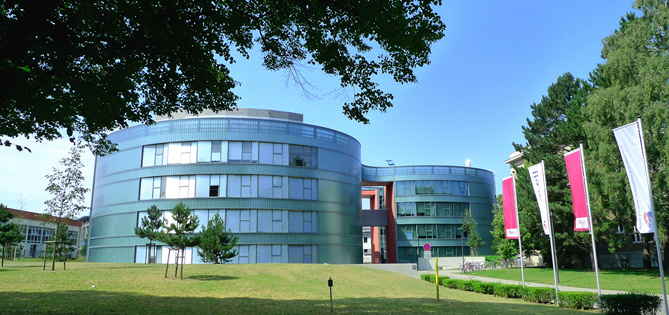Cell Cycle. 2011 Oct 31;10(20).
Dissection of cell context-dependent interactions between HBx and p53 family members in regulation of apoptosis: A role for HBV-induced HCC.
Knoll S, Fürst K, Thomas S, Villanueva Baselga S, Stoll A, Schäfer S, Pützer BM.
Chronic hepatitis B virus (HBV) infection is the major risk for hepatocellular carcinomas (HCC). HBV X protein (HBx) and p53 tumor suppressor family interactions may be crucial for HCC induction. We compared p53 and p73 interactions with HBx in normal and HCC tumor cell lines differing in their p53 status. In the latter, HBx was pro-apoptotic but exhibited opposite effects in non-tumor cells. In these normal cells, p53 and p73 were retained in the cytoplasm. In hepatoma cells, however, HBx led to nuclear translocation of p53 and p73, followed by enhanced transactivation of p53-dependent promoters. The nuclear transfer of p53, but not of p73, was abrogated by protein kinase C inhibitor Gö6976. HBx overexpression in HCC cells led to strong p53 phosphorylation at Ser15, but not in non-tumor cells. Our results define ATM kinase as mediator for HBx-induced p53 phosphorylation. While HBx promotes cell death in p53/p73-positive hepatoma cells also in presence of increased levels of the oncogenic ΔTAp73 isoform, it significantly potentiates ΔTAp73-mediated proliferation and malignant transformation of fibroblasts. Our data suggest that prevention of apoptosis in normal cells by HBx through inhibition of pro-apoptotic p53 family members via direct interaction and coaction with anti-apoptotic ΔTAp73 seems to be the key element in the decision in favor of cell survival. The complex cell context-dependent interactions between p53 family members and HBx in the regulation of apoptosis may be essential in HBV-induced HCC and anticancer therapy.

Kontakt
Institut für Experimentelle Gentherapie und Tumorforschung
Core-Facility Virale Vektor & Genom-Editing Technologien
Biomedizinisches Forschungszentrum
Schillingallee 69
D-18057 Rostock
Sekretariat
Ingrid Winkler
(+49) 381 494-5066(+49) 381 494-5062
ingrid.winkler@med.uni-rostock.de
Department Leben, Licht & Materie
Forschungsbau LL&M
Albert-Einstein-Str. 25
D-18059 Rostock
Forschungsbau LL&M
Albert-Einstein-Str. 25
D-18059 Rostock




